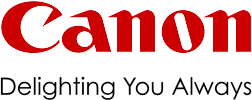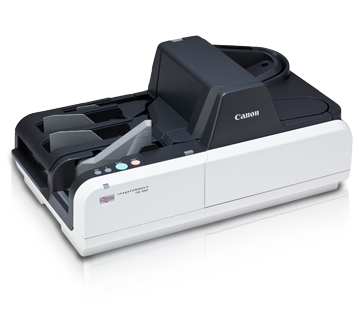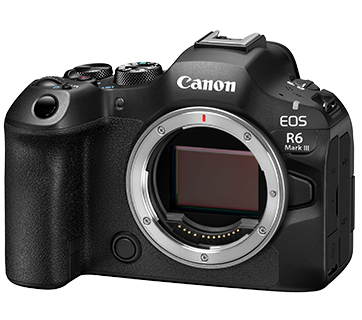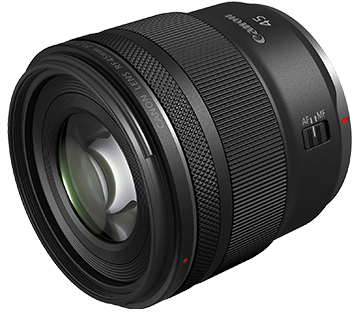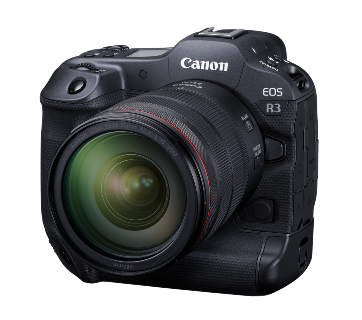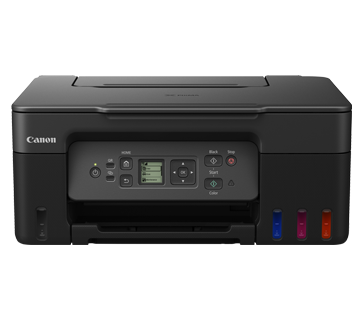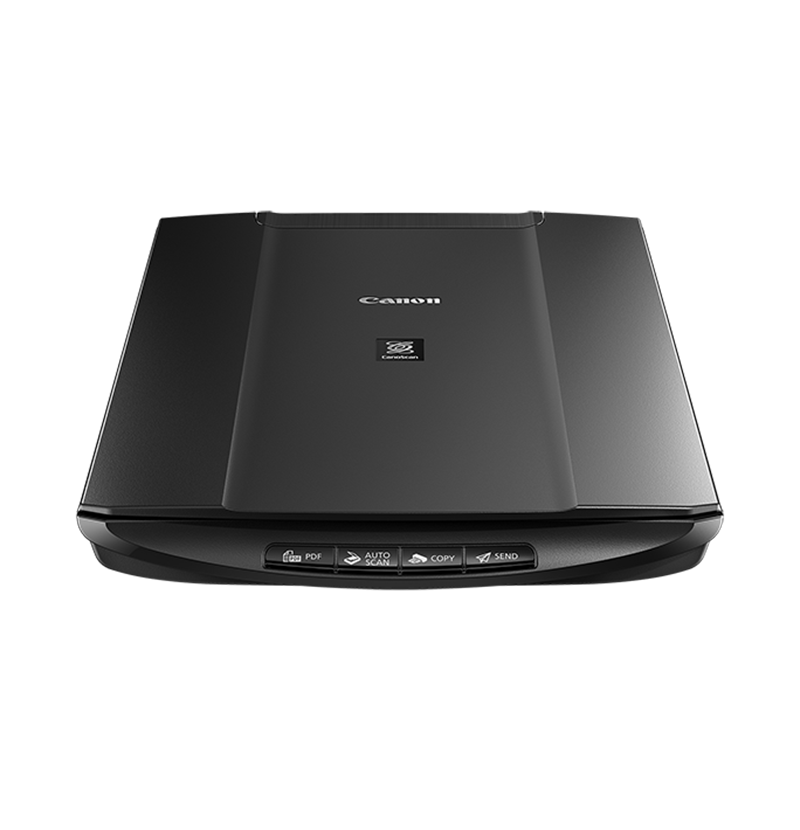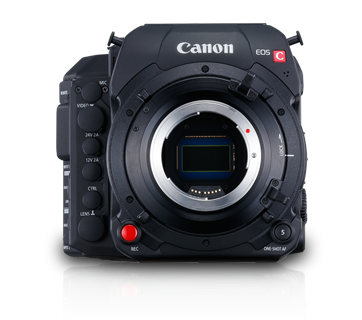Enjoy your PIXMA printer or all-in-one! Training, Creative materials and tips
 Creative Park
Creative Park
Creative Park is a playful website full of print material that has been optimised for Canon's PIXMA printers. You will find endless possibilities, from gift cards to origami paper and cut-outs to build 3D models. And new materials are added continuously! Take me to the park
How to choose an inkjet printer that suits your needs
-
Decide what you need the printer to do most of the time. If you need to print high-quality photos, then choose a dedicated photo printer. If you need to print voluminous documents and graphs, then choose a business printer.
-
Do you need to print A3 size? If yes, choose an A3-size printer.
- Check if the printer is compatible with your PC or Mac.
- Do you need to travel with your printer? If yes, choose a portable printer.
How to get the best printing results
-
Use original inks to prevent clogging, leaks and bleeding.
-
Use the right type of paper to get the most out of your printer. For instance, use glossy photo paper when printing photos.
- Set the driver settings correctly.
- Use good quality paper even for printing drafts as it prevents paper dust from clogging the printer.
- Make sure your printer cable is not twisted as it affects the speed of USB connection.
- Keep printout from direct sunlight and fluorescent lighting as they reduce storage period of printouts.
- Check if you need to replace the printheads. After many hours of extensive printing, a printhead may be choked with dried ink.
How to save costs on printing
-
Use draft print mode if the printout is not meant as the final copy.
-
Use a smaller font if the printout is meant only for checks.
-
Leave the printer on because each time it is switched on or off, the printer purges inks out to clean the printhead.
-
Choose a printer that has individual ink tanks if you print a lot of photos. That would give you more cost-savings, as you don't have to replace the entire ink cartridge just because one or two colours run out.
-
Maximise the use of paper. For instance, you can print four 4R images on a single A4 sheet.
Common myths debunked: You can tell the resolution of the printer by the first number
The printing resolution indicates how much detail a printer can print on a piece of paper, expressed in dots per inch (dpi).
Resolution is often quoted in two numbers (e.g. 2400 x 1200 dpi). The first number usually indicates the number of dots a printer can print on the horizontal line of the paper, in an inch. The second number indicates the number of dots a printer can print on the vertical line of the paper in an inch. Of course, the higher the number, the richer and finer the image will be.
Sometimes, consumers judge the resolution of a printer by the first number. And this often give rise to the false impression that a printer with "2880 x 720 dpi" has a higher resolution than a "2400 x 1200 dpi" printer, as 2880 dpi is bigger than 2400 dpi.
Although the former printer can squeeze 2880 dots in the horizontal line, it can only input 720 dots on the vertical line. Therefore the dots on the horizontal line are very close but the dots are sparsely spread across the vertical line. The end result is that the picture printed on a "2880 x 720 dpi" printer will appear more grainy compared to one printed on a "2400 x 1200 dpi" printer. Therefore, always check the total number of dots produced by the printer for a correct assessment of the printer's resolution.
Common myths debunked: The printer with the highest resolution is the best
The printing resolution indicates how much detail a printer can print on a piece of paper, expressed in dots per inch (dpi).
Resolution is often quoted in two numbers (e.g. 2400 x 1200 dpi). The first number usually indicates the number of dots a printer can print on the horizontal line of the paper, in an inch. The second number indicates the number of dots a printer can print on the vertical line of the paper in an inch. Of course, the higher the number, the richer and finer the image will be.
Sometimes, consumers judge the resolution of a printer by the first number. And this often give rise to the false impression that a printer with "2880 x 720 dpi" has a higher resolution than a "2400 x 1200 dpi" printer, as 2880 dpi is bigger than 2400 dpi.
Although the former printer can squeeze 2880 dots in the horizontal line, it can only input 720 dots on the vertical line. Therefore the dots on the horizontal line are very close but the dots are sparsely spread across the vertical line. The end result is that the picture printed on a "2880 x 720 dpi" printer will appear more grainy compared to one printed on a "2400 x 1200 dpi" printer. Therefore, always check the total number of dots produced by the printer for a correct assessment of the printer's resolution.
Common myths debunked: Buying a cheap printer equals more cost savings
The cost of buying the printer is only the initial investment. It is important to consider the running cost, made up of cartridge and paper costs.
Canon individual ink tank system allows users to replace the ink which runs out, without throwing away the whole cartridge. Each ink tank only costs $19.50 (colours) and $20.90 (black) to replace.
Canon special photo paper, PP-201 costs $14.90 (20 sheets of A4 size) and $6.90 (20 sheets of 4R size) respectively. Putting ink consumption into consideration, the cost of each printed photo would be about $1.00 (per A4 photo) and $0.50 (per 4R photo) respectively.
Variation of exact cost per photo is due to the type of ink cartridge used. (Exact cartridge cost subject to printer model).
